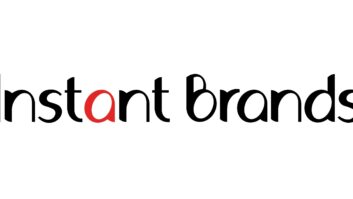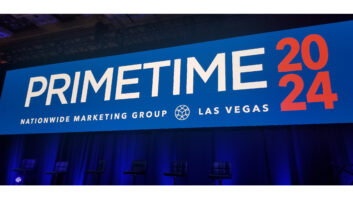NEW YORK — Polaroid unveiled two new instant digital printing technologies — code named “Opal” for color prints and “Onyx” for black and white — that can produce prints from digital files, in any size, in seconds.
The open-architecture print engine technology will begin rolling out in a number of configurations, and with a number of partners, by late 2001 and throughout 2002. The first products will be “instant digital cameras,” followed by standalone printers that can be tethered to computers and digital cameras, a retail kiosk, and printers for cellphones. No partners were announced at the press briefing, here.
“We view this technology, this printing engine, as a real game changer from existing technologies and it will usher in a totally new category: instant digital printing,” said Polaroid chairman and CEO Gary DiCamillo. “We’re currently in discussion with a number of manufacturers in the photo industry, as well as cell phone manufacturers to work with them in rolling out this technology in various forms.”
The announcement was followed by some ominous financial news from Polaroid at its investor’s meeting. The company is carrying $862 million in debt at the end of its first quarter. The company claimed that instant film sales would stagnate for the next two to three years.
Ian Shiers, Polaroid’s sales and marketing VP, said the company would reconfigure its manufacturing operations to match “substantially lower volume.” It is the company’s hope that the new Opal and Onyx technologies will make up for the shortfall in the instant film business.
Polaroid’s Opal technology is a two-sheet, thermal print medium that combines traditional thermal transfer and inkjet technologies to generate photographic-quality color prints. Onyx is a single-sheet, thermal print media that features versatility and mobility, combined with very affordable cost.
Onyx can be deployed in a variety of consumer and commercial applications, such as: mobile printer extensions for PDAs and wireless phones; mobile printers for one-time items; and in-dash printers for GPS and mapping systems in automobiles, according to Samuel Liggero, media research and development VP for Polaroid.
In a digital camera or mobile printer, Opal or Onyx could produce a 4-inch by 6-inch print in less than 30 seconds on any substrate (stickers, removable tattoos, etc.). Since the print size is variable, a printer powered by the Onyx or Opal engine could produce an “action strip” from a video clip captured by a digital camera.
In a retail kiosk solution, prints could be produced at the rate of 50-60 per minute. It’s in this kiosk market that Polaroid chief marketing officer Sandra Lawrence sees potential for growth.













